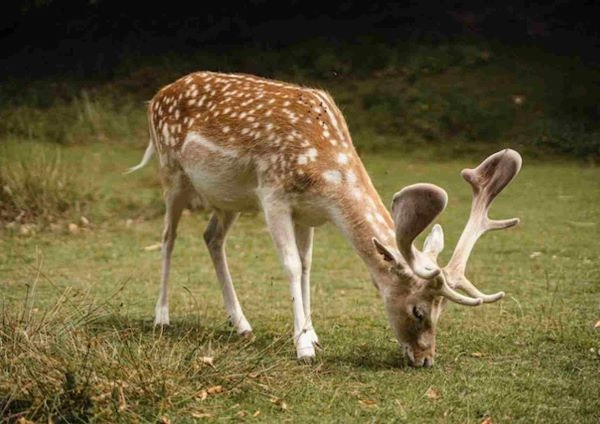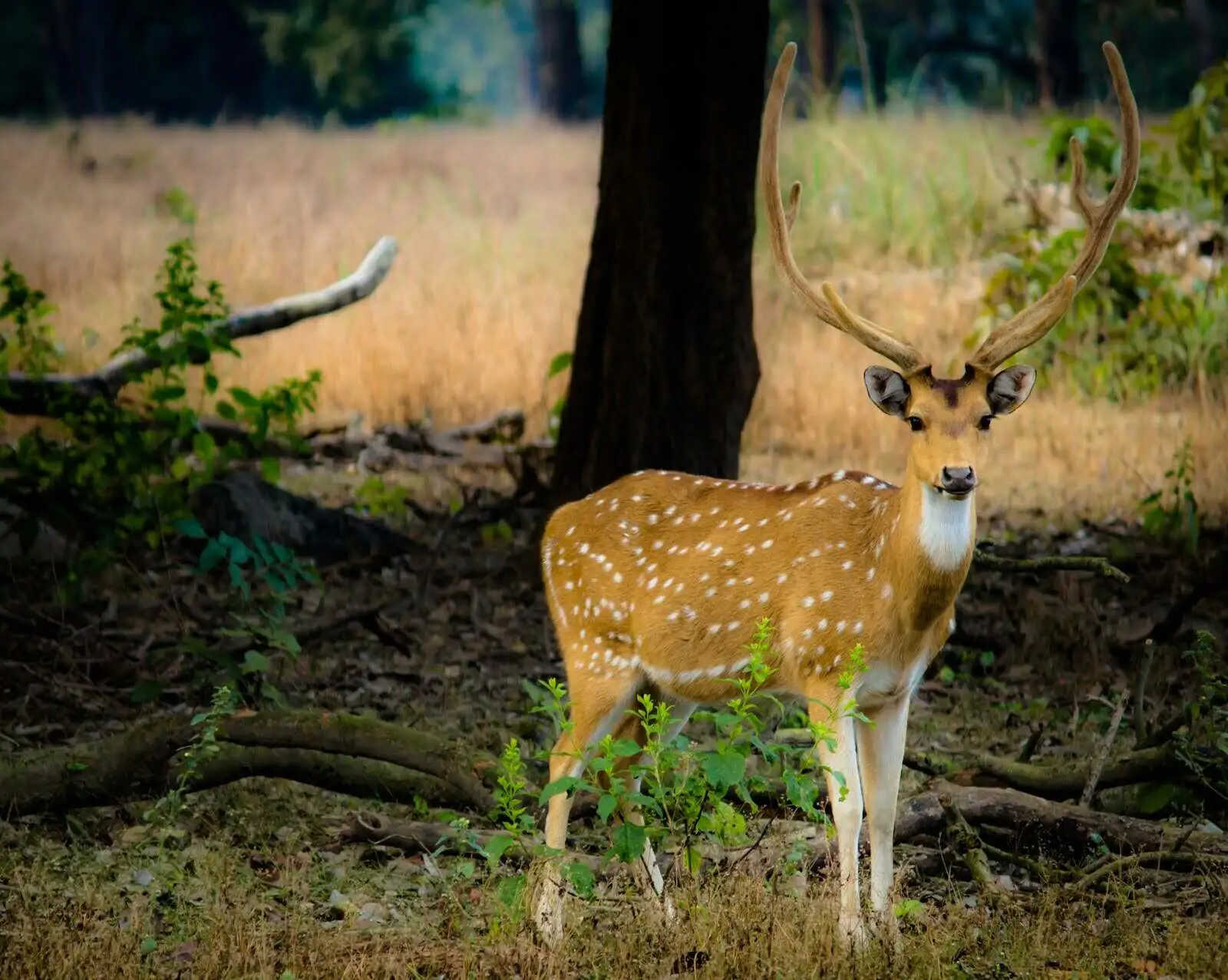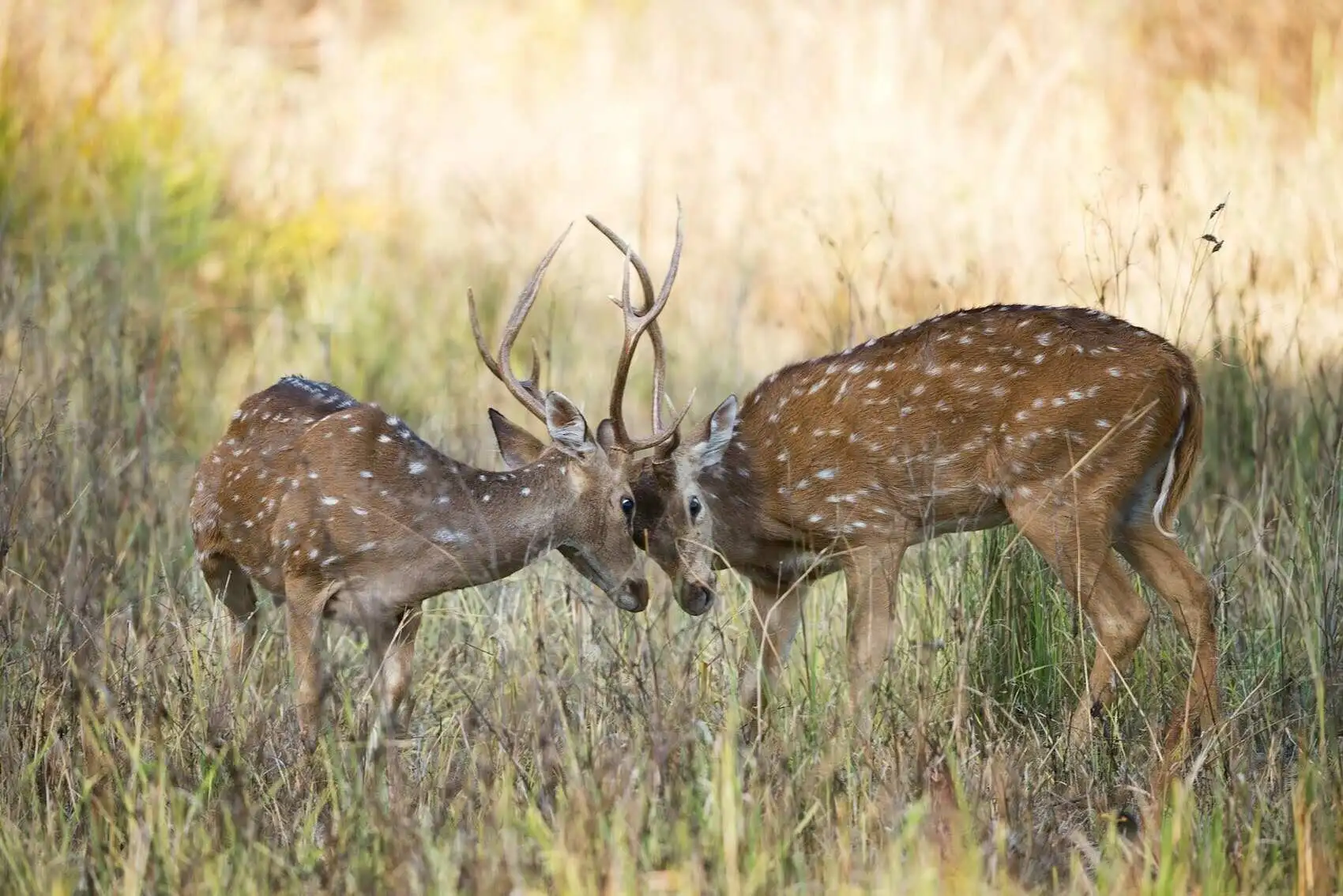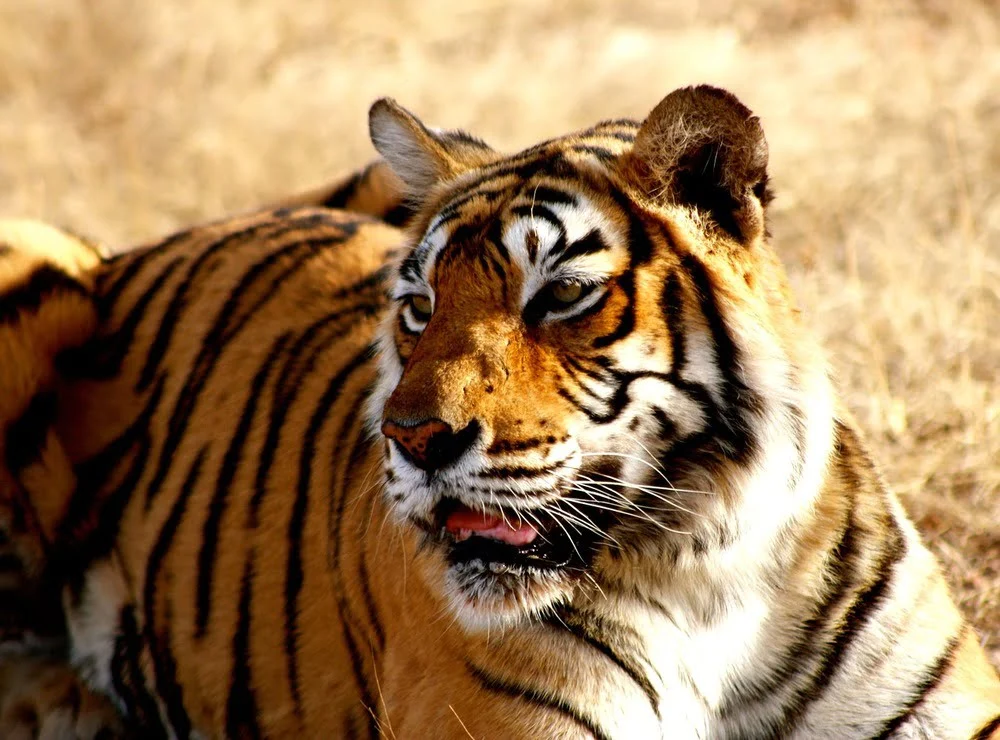Home /
Wildlife Photography in Ranthambore
Wildlife Photography in Ranthambore National Park
Ranthambore is one of India’s most iconic wildlife photography destinations. With its dramatic landscapes, ancient fort ruins, serene lakes, and rich wildlife, every safari offers a chance to capture unforgettable moments. From the majestic Bengal tiger walking past Rajbagh Lake to crocodiles basking in the sun and birds perched on fort walls, Ranthambore turns every frame into a work of art.
Whether you’re a beginner or a professional photographer, Ranthambore’s unique mix of history, wilderness, and scenery makes it a dream photography location.
Why Ranthambore is Perfect for Wildlife Photography
Ranthambore’s visuals are as stunning as its wildlife. The park offers powerful compositions and diverse subjects across all landscapes:
- Tigers & Leopards – The open terrain increases visibility, making Ranthambore one of the best places for tiger photography in India.
- Sloth Bears – Often seen near fruit trees or rocky hills, ideal for action shots.
- Crocodiles & Deer – Found around lakes, giving opportunities for reflective water shots.
- Rich Birdlife – Kingfishers, serpent eagles, owls, storks, and migratory birds add vibrant color to your frame.
- Iconic Ruins & Lakes – Ancient structures like Rajbagh Palace, Ranthambore Fort, and Padam Talao make for breathtaking wildlife compositions.
With its blend of wildlife and history, Ranthambore offers some of the most striking photographic backdrops in India.

Best Zones for Photography in Ranthambore
- Zone 3 – Famous for Rajbagh Lake, ruins, and frequent tiger sightings.
- Zone 4 – Dense forest, cliffs, and excellent sloth bear photography opportunities.
- Zone 2 – Large meadows ideal for photographing deer herds and open landscapes.
- Zone 6 (Kundal) – Great for action shots, birding, and wide-angle wildlife frames.
- Zone 5 – Tiger movement routes with classic forest compositions.
To capture Ranthambore’s full story, exploring 2–3 different zones is highly recommended.

Tips for Wildlife Photography in Ranthambore
- Use a telephoto lens – 200mm or above for close wildlife shots.
- Shoot during golden hours – Early morning & late afternoon give soft, warm lighting.
- Stay patient – The best moments happen when you wait silently.
- Avoid sudden movements – Keep the environment calm for natural animal behavior.
- Carry essentials – Extra batteries, memory cards, bean bag support, and binoculars.
- Respect wildlife – Maintain distance and avoid disturbing animals.
Best Seller Packages

2 Nights / 3 Days
Ranthambore Weekend Tour
3 Nights / 4 Days
Ranthambore Budget Tour
6 Nights / 7 Days
Ranthambore & Corbett Safari
7 Nights / 8 Days
Ranthambore & Bandhavgarh Safari
Capture Moments That Last Forever
Ranthambore offers magical photographic possibilities, tigers against palace ruins, birds near lakes, deer at sunrise, and the forest glowing at sunset. Each safari gives you a new mood, a new frame, and a new story to take home.
FAQs – Wildlife Photography in Ranthambore
Is Ranthambore good for wildlife photography?
Yes. Its mix of lakes, ruins, cliffs, and diverse wildlife makes Ranthambore one of India’s top destinations for wildlife photography.
What is the best time of day for photography?
Early mornings and late afternoons provide the best natural lighting and higher wildlife activity.
Which zones are best for photography?
- Zone 3 – Lakes, ruins, tigers
- Zone 4 – Sloth bears, cliffs
- Zone 6 – Birds, open landscapes
- Zone 2 – Grazing herds
- Zone 5 – Forest trails and big cat movement
Can I use a camera on jeep and canter safaris?
Yes. Both allow photography, but jeeps offer more flexibility and better angles.
How many safaris are recommended for good photos?
At least 2 – 4 safaris increase your chances of capturing tigers, birds, and landscape shots.
Are drones allowed in Ranthambore?
No. Drones are strictly prohibited inside the park.



